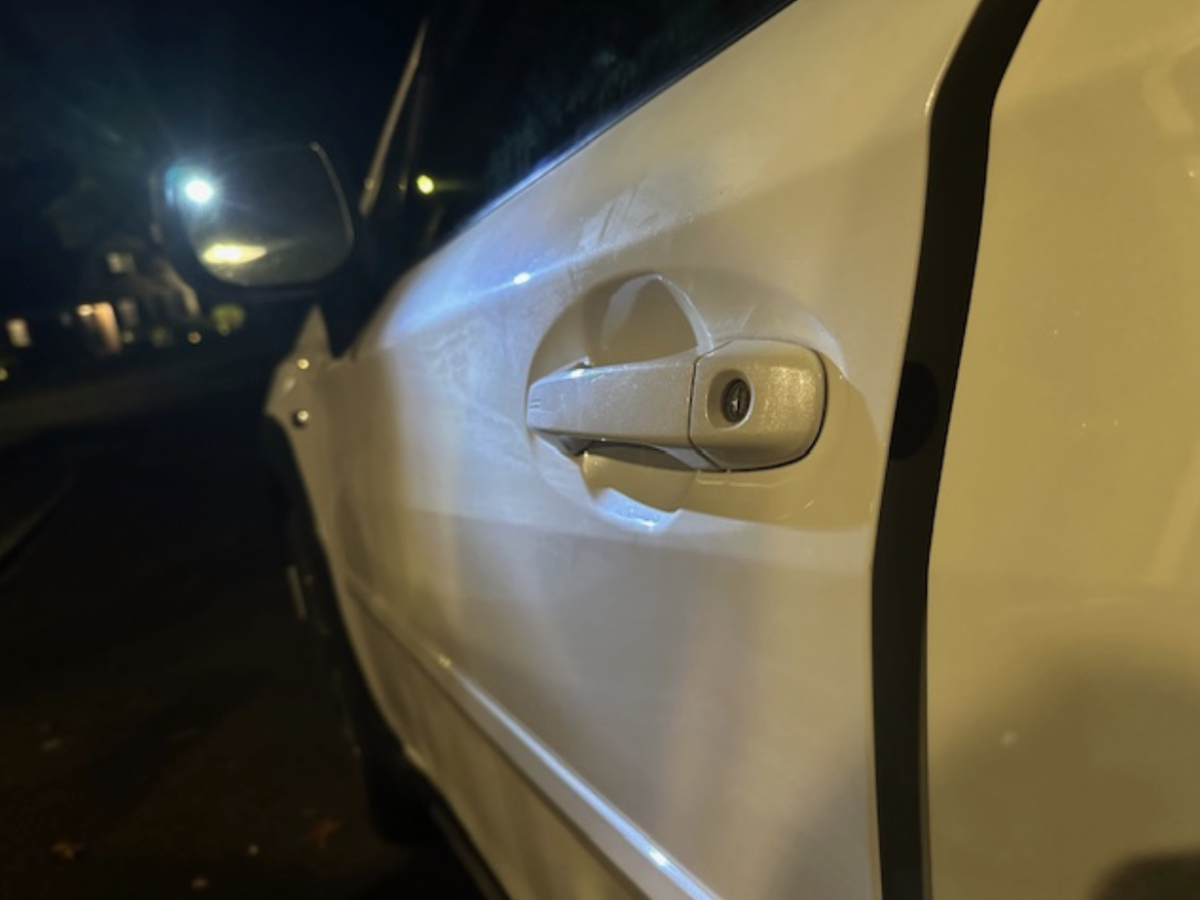Hurricane Imelda’s Aftermath in Houston Mimics that of Hurricane Harvey
Flooding in Houston following Hurricane Imelda has prevented residents from leaving their homes. Mark Mulligan, Houston Chronicle
September 22, 2019
At the peak of hurricane season, Southeastern Texas has received torrential rainfall and has experienced record flooding, mimicking the hazardous conditions of Hurricane Harvey in 2017. Although Hurricane Harvey dumped more rain on the city of Houston than the recent Hurricane Imelda did, the intensity of the recent hurricane struck Southeastern Texas as a surprise, leaving citizens unprepared for the damage that would occur.
On September 19, Hurricane Imelda hit the city of Houston, dropping approximately 43.15 inches of rainfall on the unprepared region. This storm marks the 7th greatest rainfall count in United States history, yet only marks the 4th greatest rainfall count in the state of Texas. Senior Claire Schnorr comments, “I can’t even imagine what the people of Houston are going through. They experience flooding and then have to recover, but then the cycle repeats and thay have to deal with more damage.”
Although the downpour restricted residents to their homes and prevented public transportation from operating temporarily, the worst of the storm has come in the aftermath. Parallel to the devastating effects of Hurricane Harvey, Houston and much of Southeastern Texas is undergoing catastrophic flooding. Flooding has highways and has completely destroyed upwards of 200 structures in the Houston alone.
Severe currents on Houston’s San Jacinto River have caused multiple barges to break loose, and at least two have crashed into bridges, closing interstate highways. In addition, currents within the floodwater have already led to at least one fatality. According to the United States Coast Guard, a man in his 40s was found deceased in his vehicle after currents swept his car away. Strong currents also pose a threat to rescue workers, as few are able to access homes safely.
The storm’s strong winds brought down a number of telephone poles, bringing another danger into the floods. At least one fatality has been confirmed due to electrocution. According to the family of the deceased, a 19 year old man named Hunter Morrison was trying to move his horse away from flood waters when he was electrocuted and drowned. At least five fatalities have been confirmed in the aftermath of the storm.
Similar to after Harvey, continued conditions may actually prove more threatening if the flooding persists. Already, Texas residents have reported spotting alligators swimming within the flood waters, posing a serious threat to Texas residents who remain trapped in their homes and to rescuers.
Although record flooding has occurred in Houston, few are aware of the extent of the damage caused. Senior Julia Waal suggest, “people are too focused on the climate strike to pay attention to the hurricane, which is kind of ironic because this is a serious climate change issue.”
Rescue efforts are continuing throughout Houston and Southeast Texas. Although floodwaters are receding and the threats high waters pose will soon be eliminated, the damage caused will again force Houston into a state of recovery. With hurricane season persisting until late November, Houston could be susceptible to yet another damaging hurricane in the next two months.

































